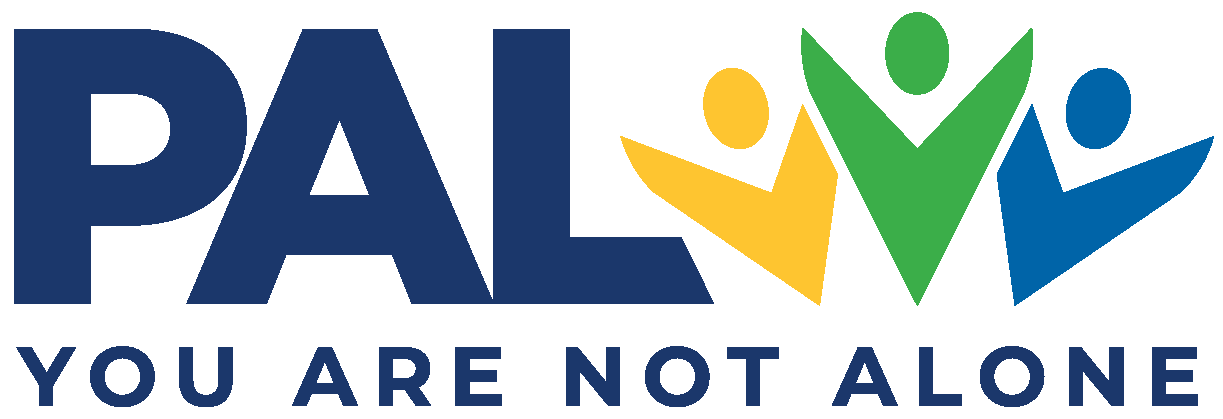As we continue the conversation around common questions or comments I hear from parents of addicted loved ones in my practice, one of the top concerns involves setting boundaries. I often hear clients say, “I was talking with someone (or I went to a PAL meeting) and they mentioned I might need help with boundaries. Where do I even start?” What an incredible question! And it’s one that I enjoy helping clients explore for themselves. A good place to begin is to unpack the definition and meaning behind the term “boundary.” Boundaries are the rules and limits we set for ourselves within our relationships. Someone who has healthy boundaries can say “no” to others when they want to, but they also have the ability to be open to intimacy and close relationships.
In understanding boundaries, it’s important to see the process as a spectrum. On one end is boundarylessness, which can also be described as enmeshment. This is where the people in relationship find it hard to delineate their own reality from the reality of the other person; they often do not know where they end and the other person begins emotionally. On the other end of the spectrum is a relationship that is walled off. This happens when a person is emotionally shut down, uninvolved, and avoidant. In relationships such as this, there can be an experience of “deadness;” a lack of connection or intimacy. When we seek healthy boundaries, we are aiming for the middle of this spectrum, a place of moderation and containment. In this space, we are able to say what we are willing to accept as well as what we are not comfortable with.
It is our responsibility to set and maintain boundaries within our relationships. The person we are in a relationship with may or may not respect our boundaries and what we do with that response is up to us. Boundaries are about establishing how we want to be treated by other people and when people do not treat us with that same regard, we have a choice to verbalize the violation and decide how we want to proceed in the relationship.
If you’re new to setting boundaries, this may be a good place to begin:
1. Identify your limits: Begin by spending some time thinking about what is acceptable and unacceptable behavior. Get really specific! Look back on situations within your relationship that may have created resentment or anger, which are early warning signs for necessary boundary work. Maybe ask yourself, “If a stranger or lesser known person treated me this way (or acted like this), would it be appropriate? Would I allow it?” It can be helpful to get some outside perspective as well, specifically from other parents of addicted loved ones or a therapist.
2. Listen to your discomfort: If you notice uncomfortable emotions when interacting with your loved one, extend curiosity toward that response. When we feel taken advantage of or disrespected, there are usually feelings of resentment present. This resentment, though unpleasant, is important information to help us navigate when we need to establish or reassess our boundaries.
3. Be assertive: When you recognize that a boundary is needed with your loved one, speak it assertively and unambiguously. Boundary setting does not mean that you must deliver the information rudely. It is actually most effective when given with a clear, respectful tone. It can be helpful at the beginning to let your addicted loved one know that you’re doing your own work in getting healthy and aspects of your relationship will change as a result. This change is for the benefit of both you and your loved one.
Finally, please understand that for any significant change we want to make in our lives, it takes time and consistency. It will not be perfect. Give yourself grace and after a misstep or mistake in the relationship, take the necessary time to bring your awareness to the situation and ask yourself what you would do differently if you could. You could even take it a step further and ask another parent of an addicted loved one what they may have done, since they are less emotionally invested in the situation. If you’re interested in learning more about boundaries, there are many resources available. Two helpful books on this topic are Boundaries by Henry Cloud & John Townsend and Facing Codependence by Pia Mellody.
Grace & peace,
Ashley Worthington, MA, LAC
Living Hope Counseling
Ashley Worthington, MA, LAC, is a guest blogger for PAL and works with Living Hope Counseling
